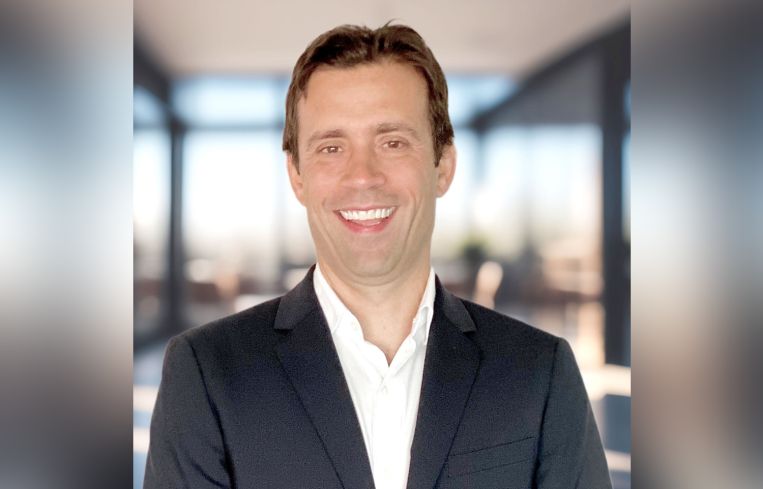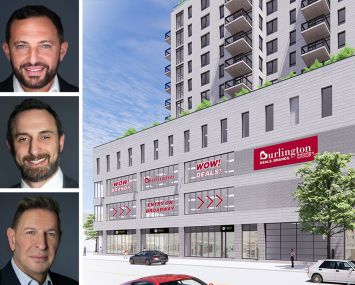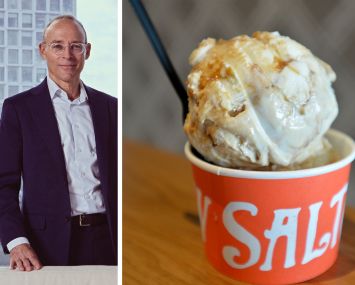Brian Katz of Katz & Associates: 5 Questions
By Mark Hallum October 28, 2025 1:31 pm
reprints
Brian Katz has been piecing together an empire that covers a slew of major metropolitan retail markets, and it only continuing to grow.
Katz’s most recent expansion has been in the Jacksonville, Fla., market, where he sees major retail leasing opportunities, with the hire of Katy Figg and Nancy Sumner, formerly of Colliers. Katz & Associates also added Michael Zimmerman as senior vice president of investment sales across all geographies.
But the opportunities seem to be everywhere, according to Katz, who told Commercial Observer that the last few years have been night and day compared to before the pandemic, when empty retail spots were endemic, especially in New York City.
Now, bankruptcies of major retailers aside, Katz is finding that retail space has become a high-stakes game of musical chairs in which tenants must seek opportunities before they become apparent.
Across his 25 years in retail, Katz has closed $5 billion in transactions across 22 million square feet, working with over 250 tenants.
CO sat down with Katz to discuss his observations in the market, including how the retail landscape is changing.
This interview has been edited for clarity and length.
Commercial Observer: What are some of the conditions you’re seeing in the retail market today?
Brian Katz: We’re doing things all over the East Coast, in the suburbs and in the city, and I think macro/globally speaking, the retail business is really good. It’s funny. Coming out of COVID, people would ask, “How is business? Are you OK?” And I would be like, “Business is amazing,” and they would look at me bewildered.
People are focused on the negative headlines, but they don’t seem to focus on the high-growth retailers that are posting positive comps and opening hundreds and hundreds of stores all over the place. That’s why vacancy remains so low.
How do suburban markets compare to urban markets lately?
Suburban areas close to major metros like north and central New Jersey, Long Island, suburban areas around Charlotte and Nashville, Southeast Florida, those places came back first. New York and Miami trailed behind a little bit.
But sitting here today in the third quarter of 2025, they’ve caught up and we’re seeing equal demand, which is a shift from what we were seeing two years ago when there was much more demand in the suburbs than in the city.
I think a lot of retail companies feel like that opportunity to penetrate the urban market has been good, and they’re taking advantage of it.
Over the last couple of years, there has been talk that there isn’t enough supply in the retail market. How has that and other headwinds come to fruition?
Vacancy is low, so I think there’s a bit of a psychological barrier from when there was a ton of vacancy, and there was a menu of options if you were a growing retailer. There is a feeling today that that’s not the case. It takes harder work to generate new activation availability. You have to really be out there monitoring retailers that are closing stores or have lease expiration dates.
A lot of transactions that are happening are happening before the store is even vacant. So if you have a tenant who has a lease option coming up and doesn’t renew, but has to give six or 12 months notice, and they miss those dates? Those spaces are leased before those doors close.
So if you’re hanging around waiting for a space to become available, you’re not making deals.
I haven’t heard any retail client of ours say, “We haven’t hit our store count because vacancy is too low.”
What kind of retail assets aren’t getting leased at the moment?
Bad locations have historically had the hardest time, but there’s a shoe for every foot!
I’m sure in tertiary areas there are spaces that have remained vacant for long periods of time, but every situation is different. Is it a landlord who has no debt and can sit and wait for the right opportunity to wait for the right credit opportunity?
On the other hand, I might have a building where the landlord is in a pressure situation to get a lease, so their strategy might be different.
It’s hard to generalize it.
How are your recent additions to the team facilitating your growth plan, and what trajectory is that taking?
We’ve always viewed the Southeast as a high priority for us, corporately. There’s really great emerging midsize markets, whether it’s Nashville, Charlotte, Raleigh, Birmingham, Orlando, Jacksonville. We’ve been in Boca Raton for 20 years, and we believe strongly in the future of that part of the country.
I think adding northern Florida and Atlanta helps us fill a geographic void for the company and our clients. We’ve been looking at those markets for a very long time. We have about 40 brokers today, which is relatively small. We’re highly selective about who we bring on. They have to fit our culture and our company. We have to make sure that we have the right people on a team in any geographic area to provide the right coverage.
Mark Hallum can be reached at mhallum@commercialobserver.com.


